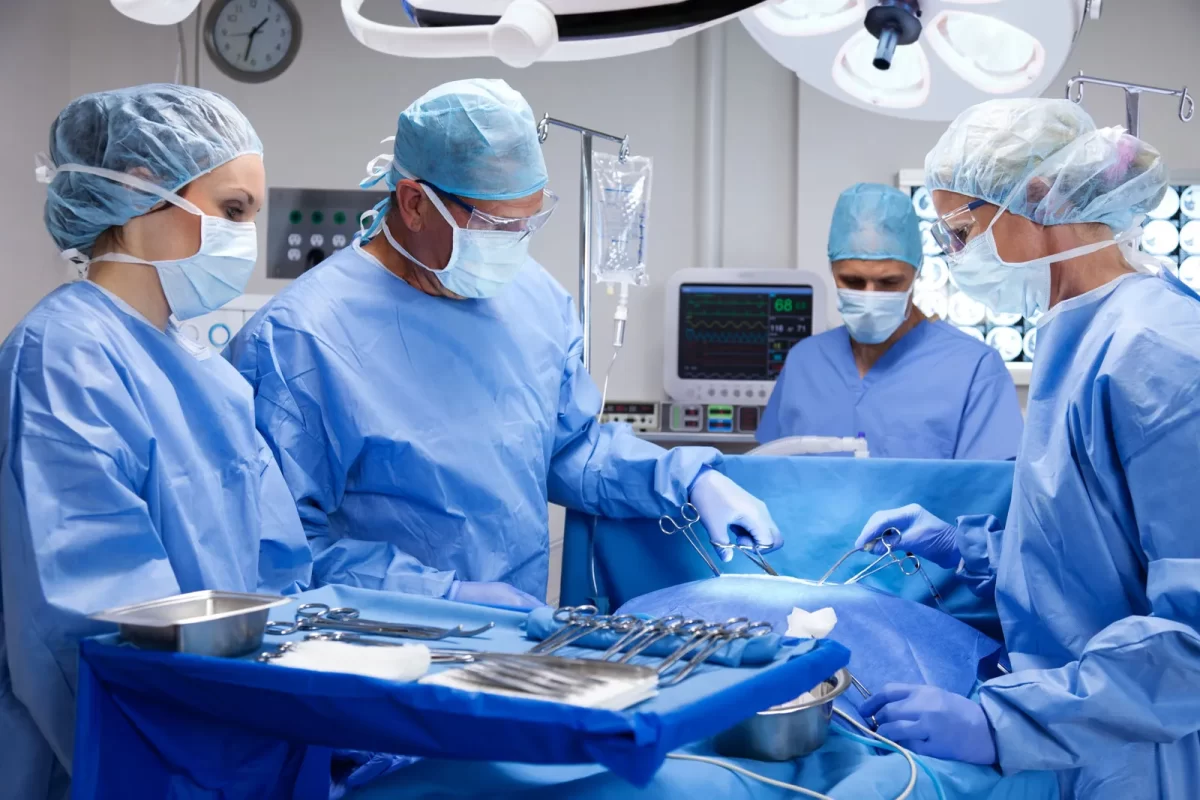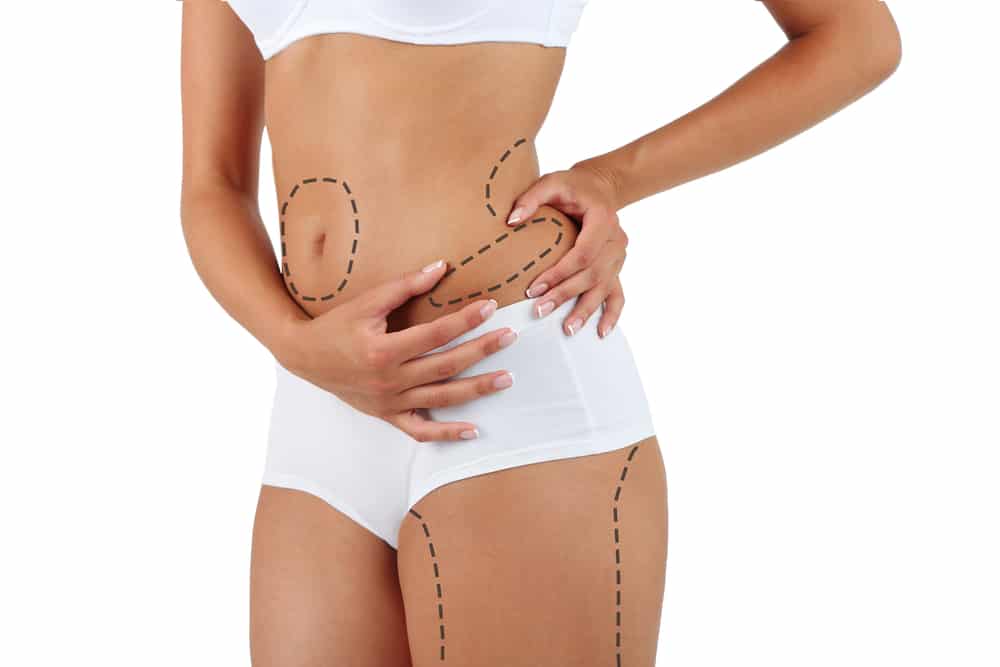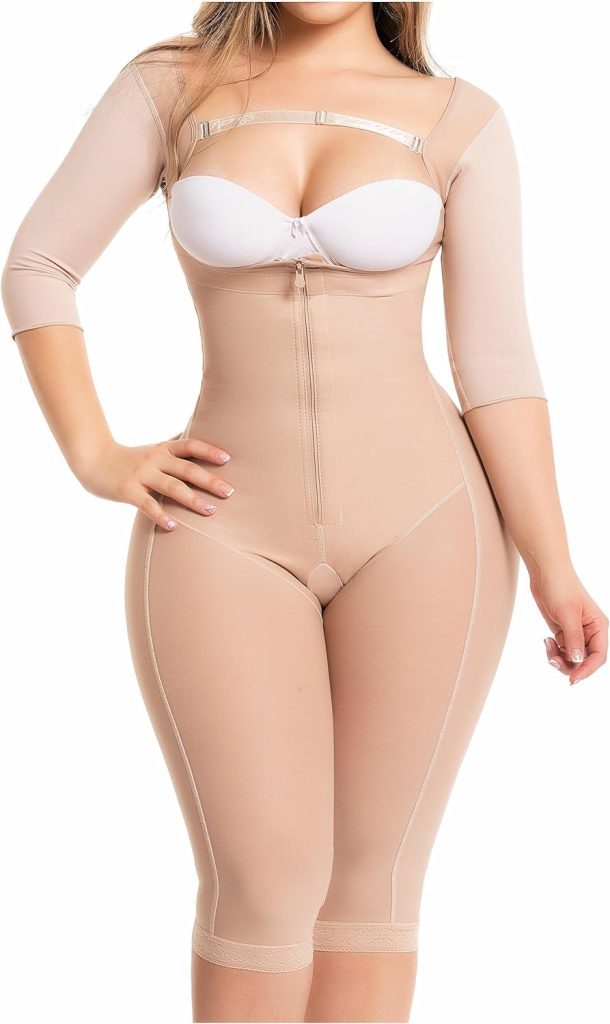Key Takeaways
-
Liposuction is a cosmetic procedure that helps contour the body by removing excess fat, but it is not a substitute for weight loss or a healthy lifestyle. It’s most effective when used alongside attempts to get fit and eat right.
-
Achieving desired body shapes through liposuction can boost self-esteem and motivate individuals to engage in fitness activities, fostering a more active and healthier lifestyle.
-
Improved body image post-liposuction can lead to increased confidence, encouraging people to try new fitness routines and socialize more, enhancing overall well-being.
-
We know that body sculpting has major psychological benefits, like lessening anxiety and depression. These benefits promote a more aggressive pursuit of fitness and health objectives.
-
It’s important to have realistic expectations. Developing a realistic, long-term exercise plan will keep you fit and healthy for years to come.
-
Liposuction, paired with a healthy diet and an active lifestyle, dramatically improves your emotional and physical well-being. Make self-care your norm and discover what a happier, healthier, more active life benefits you.
Going under the knife in search of a six pack isn’t that simple. Liposuction often boosts morale by providing a visual jumpstart, encouraging a more active lifestyle. Most people find themselves more motivated to keep their new body, leading to consistent gym presence and diet improvement.
This procedure can be a great kickstarter, allowing you to focus on your fitness goals and get in the mindset to adopt a healthier lifestyle. Their powerful personal stories illuminate how when people feel better about how they look, they can feel more confident and have a can-do attitude.
Therefore, the short-term benefits of liposuction can serve as a catalyst to help you begin your journey of lasting fitness and health. Your path to a healthier you might begin with one small step, inspiring motivation that lasts.
Understanding Liposuction
Liposuction is unique among cosmetic procedures in that it is actually intended to remove excess fat from the body and create desirable body contours. It provides a lot of help in enhancing physical look. That’s why so many people rely on it to further their health and fitness efforts.
By targeting specific areas such as the abdomen, thighs, and arms, liposuction helps individuals sculpt their bodies in ways that diet and exercise alone might not achieve. Remember that liposuction is not a weight loss solution. It’s a sculpting technique specifically to help you shape your body.
What is Liposuction
This body contouring procedure is ideal for those looking to reshape their body, targeting areas where diet and exercise resistant fat can stick around. Liposuction improves body composition by removing fat, often providing assistance to patients who are already losing weight.
While it certainly offers many advantages, it is important to know that liposuction is not a miracle solution for those who are obese. Rather, it’s most effective on individuals who are already close to their target weight and are looking to eliminate localized pockets of fat.
How Liposuction Works
Everything starts with an in-person consultation to determine specific goals and needs. Modern techniques such as tumescent and laser-assisted liposuction are used for safe and effective fat removal.
By choosing an experienced, board-certified provider, you can help achieve the best possible results. Patients experience better overall cardiovascular health with a stunning 43% decrease in triglycerides.
Common Misconceptions
One of the most prevalent liposuction myths is that it can make up for unhealthy living. Going forward, a commitment to a healthy diet and exercise will be key to avoiding regaining the weight.
Safety and recovery are two other popular misconceptions. Though full recovery can take weeks, patience and compliance with post-surgery instructions are essential.
Relationship Between Liposuction and Motivation
Achieving a desired body shape can light a spark for many individuals to pursue their fitness goals with renewed vigor. Liposuction helps sculpt the body to create a more aesthetically pleasing shape that matches their personal ideals and goals. This shared alignment is a powerful accelerant.
It motivates people to make healthier lifestyle choices and maintain their weight loss over time.
1. Boosting Self-Esteem
Overall, liposuction has a very positive effect on self-esteem, helping patients to develop a more positive body image. Once patients start seeing the results of their procedure, they experience an instant boost in confidence. A more toned and defined body will do wonders on their self-esteem.
This restored self-confidence can motivate patients to engage with physical fitness and social environments. Other patients have experienced a rebound of their self-esteem post-liposuction. With this new confidence, they are motivated to remain active and engage more with their communities.
2. Enhancing Body Image
A significant improvement in body image tends to go hand-in-hand with a greater desire and motivation to stick to a healthy lifestyle. After all, when people start seeing their bodies in a better way they feel more motivated to stay active.
Liposuction allows you to reshape how you see your own physique, giving you the positive affirmation to keep up your fitness pursuits.
Psychological Effects of Body Image Changes
Positive Impact on Mental Health
Enhanced body image post liposuction usually results in dramatic psychological mental health benefits. The majority of patients, nearly 80%, say they feel more confident and positive about their bodies. This new positivity can go a long way to improving symptoms of depression and anxiety.
A recent study published in the Journal of Clinical Psychology found that nearly 95 percent experienced a reduction in negative body image following surgery. Looking good makes you feel good. Looking good goes hand in hand with improved mental health, which is important for maintaining a long-term fitness routine.
It’s possible that liposuction might release decades of tension over body image. This relief has the ability to alleviate depression symptoms and foster a more positive mental state.
Motivation to Maintain Results
Positive body changes can motivate a more proactive approach to fitness. Committing to a regular fitness routine post-liposuction will help you keep the results long-term. Ongoing motivation is essential for preventing weight regain.
A dedicated support group can help you keep that motivation and help keep you accountable. For an estimated 30 percent of patients, the procedure provides a significant increase in self-esteem, which further ignites their motivation to remain active.
Non-invasive, digital techniques provide a fast turnaround. Most individuals are able to return to their regular routines in one to two weeks, providing powerful motivation to stay fit.
Overcoming Negative Self-Perception
Liposuction can be a great opportunity to face and fight negative self-image struggles. Research also indicates that 70% of individuals experience decreased body dissatisfaction post-procedure.
One such study published in Plastic and Reconstructive Surgery highlights this trend. Finding ways to help these patients continue to see themselves in a positive light once they have undergone surgery will be key.
A sense of self-acceptance, along with physical changes, boosts confidence and promotes a healthier self-image. This holistic approach tackles the underlying causes of low self-esteem, shattering the cycle of self-destructive behavior.
Complementing a Fitness Journey
Liposuction can be an effective tool to enhance a fitness journey, especially for those who’ve worked hard to lose weight but still struggle with stubborn fat. It works as a body contouring procedure, allowing you to shape and tone areas that are typically unresponsive to diet and exercise.
Consider liposuction an empowering kick-in-the-pants reminder to think about improving general fitness and health in the long view—not as a destination.
Setting Realistic Fitness Goals
Once you’ve had liposuction, developing realistic fitness goals is important. Begin by adjusting your fitness goals to match your changed body.
Instead, break your larger goals down into smaller, quantifiable tasks. Focus on getting at least 150 minutes of moderate aerobic activity a week, along with strength training on two to three days a week.
As you move forward, tracking your progress can help you avoid distractions and stay committed to your journey, while motivating you to push further.
Building a Sustainable Routine
Prioritizing an exercise routine that incorporates both aerobic and strength training exercises will help you keep your liposuction results long-term.
Be sure to include both cardiovascular and strength training exercises to help build muscle and improve overall body composition. Above all, be consistent — plan for things you like to do, so you stick with them for years to come.
Don’t forget, drinking 8-10 glasses of water a day will help you along your fitness journey and in all aspects of life.
Combining Liposuction with Exercise
The importance of exercise goes beyond maintaining results. It’s a key component to any recovery, maximizing the impact of liposuction.
Providing safe and effective workouts during recovery can help maximize those results. Most patients see dramatic changes in as little as six months.
Most lose at least 5–10 lbs., providing their fitness journey with a major boost. Try to build in movements that benefit your body and mind.
Enhancing Overall Well-Being
While these benefits of holistic liposuction treatments are powerful within themselves, their holistic nature brings added advantages. Pair the surgery with healthy diet and lifestyle choices. This dynamic combination can greatly improve your body and mind.
For instance, post-liposuction, you might find that improved body image positively influences your mental state, leading to increased self-esteem and motivation to maintain that healthy glow.

Encouraging Healthy Lifestyle Choices
Developing a habit of wholesome eating helps the effects of liposuction last longer. A restorative diet full of nutrient-dense produce, healthy fats and whole foods kicks your body’s innate healing potential into high gear.
It’s important for more than just helping you to lose weight, though. Hydration is key following any type of surgery, helping your body recover and getting you ready to tackle your new fitness goals.
You’ll be better off if you consider building in regular check-ins with healthcare professionals. These sessions can help keep your health goals on track and ensure you’re taking steps that align with your new lifestyle.
Long-Term Benefits of Liposuction
Liposuction improves long-term weight maintenance and quality of physical activity performance. It jumpstarts your cardiovascular health by burning the type of fat that causes especially harmful metabolic effects.
Lasting benefits come from integrating new, healthy practices into your everyday life. Patients routinely report emotional responses, feeling uplifted and more at ease with their bodies.
This comfort can lead to longer-term, more active involvement in physical activities, increasing health benefits even more.
Maintaining a Balanced Perspective
It’s crucial to celebrate these changes in body positivity, while ensuring we temper our expectations with reality. When we start to prioritize health and fitness, before aesthetic appearance, we create an environment for sustainable growth and self-love.
Don’t forget that exercise is one of the best preventatives against diseases such as cardiovascular disease and type two diabetes. Allow for this process with compassion and grace.
Conclusion
Here’s how liposuction can help you find that newfound motivation to reach your fitness goals. It provides a new beginning, improving not only your physical appearance but your mental well being too. When you start to notice visible results, it motivates you to stay committed to your fitness and continue to achieve results. This procedure may be the catalyst, the wake-up call—you name it—to encourage you to adopt healthier habits and routines.
When you feel confident and good about yourself, it’s much easier to be motivated toward fitness. Liposuction provides that nudge, enabling you to adopt a higher quality lifestyle through increased activity. You immediately have more energy and confidence, and moving and staying active become enjoyable parts of your new lifestyle.
If you’re prepared to get started on this whole new path towards health, let’s talk about how liposuction can help you get there. Join us, take the first step and experience the difference.
Frequently Asked Questions
Can liposuction serve as a motivation booster for fitness?
So yes, liposuction can improve motivation. The noticeable difference in body shape or size after the liposuction procedure can encourage you to adopt healthier lifestyle practices and become more active, serving as a catalyst to your fitness journey.
Does liposuction directly improve physical fitness?
While liposuction can effectively remove unwanted fat, it does not contribute to physical fitness, which can only be achieved through an effective exercise regimen and healthy living.
How does body image impact motivation post-liposuction?
When the body image is improved through a liposuction procedure, self-confidence and determination reach an all-time high. This psychological boost often leads to a newfound motivation for regular exercise, helping you maintain your toned appearance and keep your new physique in peak condition.
Is liposuction suitable for everyone looking to enhance fitness motivation?
Of course, liposuction isn’t appropriate for everyone, particularly for those who have significant fat accumulation. It’s most suitable for prospective liposuction patients close to their ideal weight. Always speak with your doctor or healthcare provider before making any decisions about your health.
Can liposuction be part of a holistic fitness strategy?
In fact, liposuction is the perfect addition to a fitness plan, especially for prospective liposuction patients aiming for fat loss. While it can be a helpful starting point, adopting a healthy diet and incorporating regular exercise into your lifestyle is essential for achieving lasting results.
What role does mental well-being play post-liposuction?
Mental health is hugely important, and engaging in regular exercise can significantly enhance mood and decrease anxiety, contributing to a complete liposuction recovery and motivating a more active life.
Are there any risks associated with liposuction that could affect fitness?
Like any surgery, including the liposuction procedure, there are risks associated with liposuction, such as infection or scarring. It is essential for prospective liposuction patients to discuss these concerns with a qualified professional to learn how risks can be avoided and benefits achieved.





















